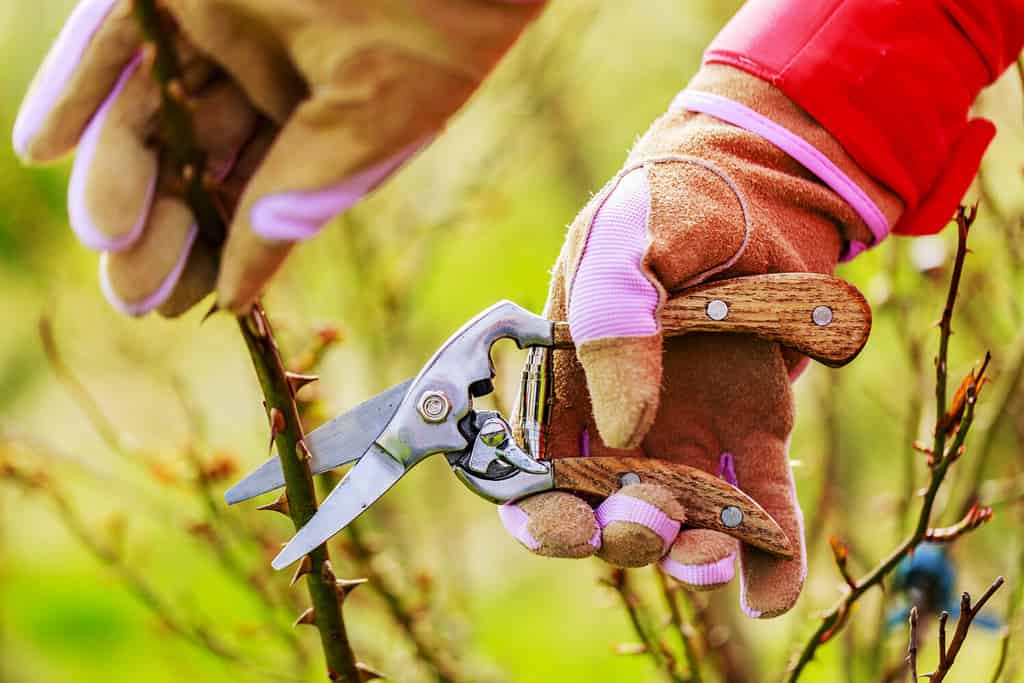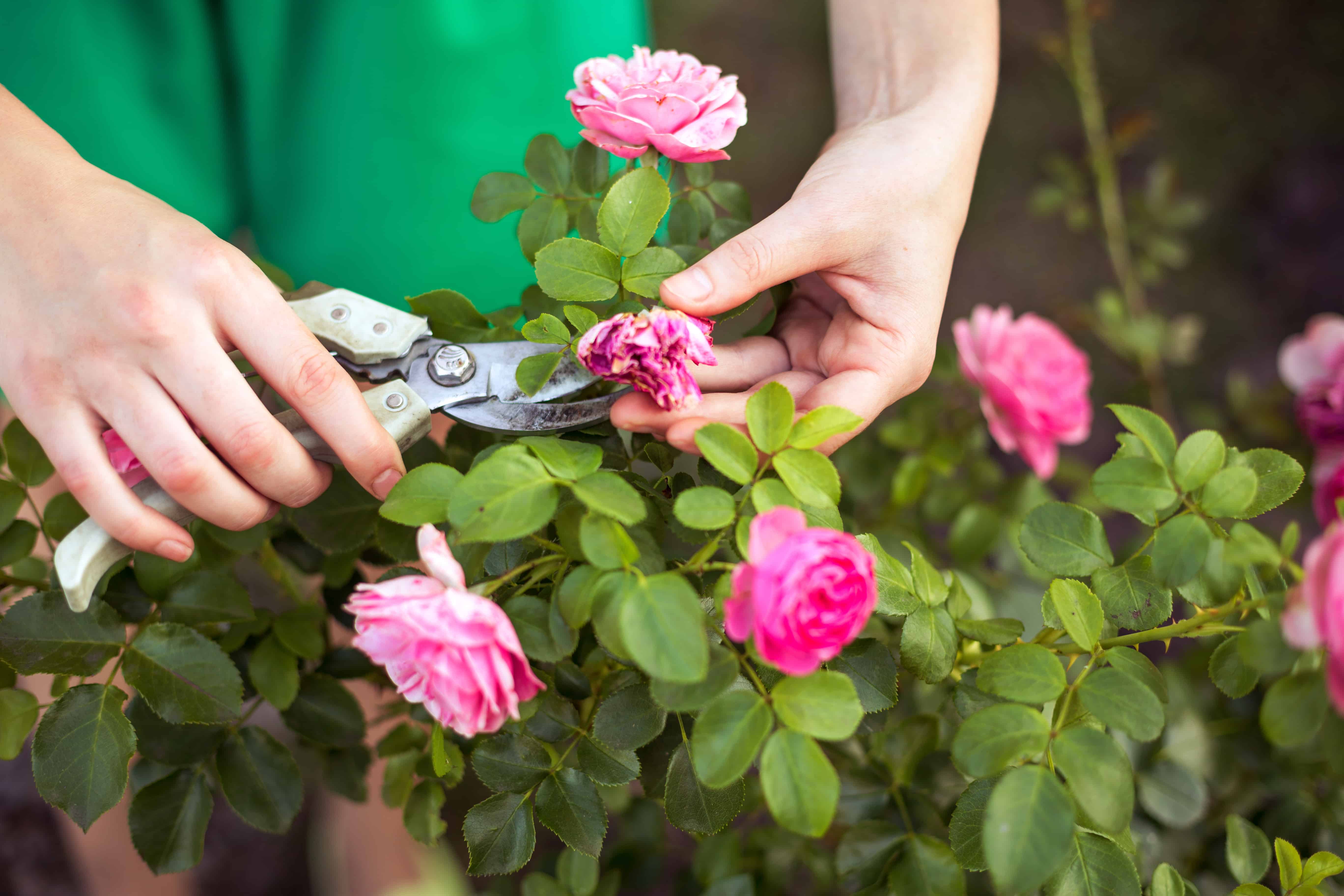What’s not to love about cut roses? They are a timeless symbol of love, passion, and grace. We bring these captivating blooms into our homes, adorning our spaces with their vibrant hues and enchanting fragrances. Yet, all too often, our admiration for these velvety wonders is cut short by the fleeting nature of their splendor. But fear not, because there exists a secret to extending the lifespan of cut roses, allowing us to bask in their loveliness for a little while longer.
In this article, we will delve into the mystical realm of rose care, exploring the hidden techniques and lesser-known practices that will help your precious roses defy the laws of nature. Say goodbye to premature wilting and drooping petals, and say hello to an extended lifetime of sheer floral delight!
How Can I Make My Roses Last Longer?
There are quite a few ways to get your roses to last longer. The following methods can be used individually or combined to boost your chances of getting your roses to last for quite a while.
1. The Soda Method
Because soda has an acidic pH and can inhibit bacterial development, using soda can help cut roses last longer. Start by adding water to a clean vase that is big enough to hold the roses. Select a clear, caffeine-free drink like club soda. Try to stay away from diet and chemically flavored drinks. In the vase, mix three parts water and one part soda. For instance, you could add one cup of soda to three cups of clean water.
Remove any leaves that will be immersed in the water and diagonally cut the rose stems. Put the flowers in the vase you’ve prepared. Every day, check the water level and top it out as necessary. To stop bacterial development, replace the soda mixture every two to three days. Don’t forget to keep the roses out of harsh sunlight and temperatures.
2. Leaf Removal
The lifespan of cut roses can be prolonged by periodically trimming and removing leaves. You can reduce the chance of bacterial development and maintain the water’s cleanliness for a longer length of time by removing the leaves from the stem. The leaves tend to degrade and produce bacteria when they are soaked in water, which might reduce the lifespan of the roses. Removing them is a quick and easy way to prolong their lifespan.
Choose a vase or other container that is appropriate for the roses before using leaf removal for this purpose. Make sure there is enough fresh water inside to submerge the stems completely. After that, carefully remove any leaves that are immersed in water. This includes any leaves that could touch or fall below the waterline. Cut each leaf cleanly at the base using a sanitized pair of garden shears or scissors.
You can then put the roses in the prepared vase after removing the leaves. Before adding the stems to the water, chop them at an angle. Because there are no leaves in the water, there is less likelihood of bacterial development, which makes the environment healthier for the roses to live in.
Keep an eye on the water level and top it out as necessary. Just as well, to keep the water clean and fresh, you should replace it frequently every two to three days.

Pruning roses (pictured) is also beneficial for planted roses in addition to cut roses.
©gorillaimages/Shutterstock.com
3. Hairspray
Hairspray, surprisingly, can be a helpful tool in increasing the longevity of cut roses. Its ability to create a protective barrier around the flowers helps to retain moisture and reduce wilting. Start by selecting a suitable hairspray that is free of excessive chemicals and additives. Opt for a flexible-hold or light-hold spray without added fragrances. Fragrance-free hairsprays are preferable to avoid interfering with the natural scent of the roses.
Place the cut roses in a clean vase filled with fresh water. Ensure that the vase is large enough to accommodate the stems without crowding. Before placing the roses in the vase, trim the stems at a diagonal angle to facilitate better water absorption. Once the roses are arranged in the vase, hold the hairspray can about a foot away from the blooms. Give a light misting of hairspray over the petals, focusing on the outer layers. Be careful not to oversaturate the flowers or the foliage.
Allow the hairspray to dry completely before moving or disturbing the roses. Monitor the water level in the vase regularly and replenish it as needed. Remember to replace the water every two to three days to maintain freshness.
Using hairspray can help create a protective shield around the roses, reducing moisture loss and extending their lifespan. It is important to note that while hairspray can be beneficial, it should be used sparingly and with caution to avoid any potential negative effects on the flowers.
4. Vinegar and Sugar
When it comes to prolonging the life of cut roses, vinegar, and sugar can be a potent combination. While sugar feeds and maintains the blooms, vinegar works as an antibacterial agent to stop the formation of hazardous microbes.
Choose a clean vase first, then fill it with water. Make sure the vase has adequate space for the flowers without becoming too crowded. In equal amounts of each, add your vinegar and sugar to the water. Two tablespoons of white vinegar and two tablespoons of granulated sugar per quart of water is a typical ratio.
The vinegar and sugar should be thoroughly dissolved in the water. Remove any leaves that will be immersed in the water and diagonally cut the rose stems. Make sure the stems of the roses are completely immersed in the vinegar-sugar solution. Regularly check the water level and top it out as necessary. To keep the solution working, change it every two to three days.
5. Bleach
Using bleach to extend the life of cut roses is another great method for prolonging the life of your cut roses. It aids in bacterial eradication and water cleanliness maintenance.
To start, pick a clean vase, then fill it with water. Make sure the vase is big enough to hold the roses comfortably without crowding them. For every quart of water, add a modest quantity of bleach, usually around a quarter of a teaspoon. To prevent the blooms from being harmed, it’s crucial to use a very diluted solution.
Stir carefully to combine the bleach after adding the appropriate quantity to the vase’s water. Remove any leaves that will be immersed in the water and diagonally cut the rose stems. Make sure the rose stems are completely immersed in the water-bleach solution before placing them in the vase that has been prepared.
Regularly check the water level and top it out as necessary. To keep the solution working, change it every two to three days. When using bleach, it’s crucial to use caution since too much of it might destroy the roses. However, bleach can efficiently remove bacteria and increase the lifespan of cut roses when applied in the proper diluted amount.

It’s vital to ensure that you are only using a tiny amount of bleach in your rose water (pictured) to keep your roses alive.
©Pixel-Shot/Shutterstock.com
6. Aspirin
The use of aspirin may be a helpful strategy to lengthen the life of cut roses. Salicylic acid is an ingredient in aspirin that serves as a growth stimulator and aids in preventing the formation of bacteria.
Choose a clean vase first, then fill it with water. Make a fine powder by crushing one aspirin tablet. Add the crushed aspirin or the aspirin-water combination to the water. Gently swirl until everything is dissolved.
Remove any leaves that will be immersed in the water and diagonally cut the rose stems. This reduces the development of germs and enhances water absorption. As you put the roses in the vase, make sure the aspirin-infused water covers the stems completely. Regularly check the water level and top it out as necessary. Change the water and aspirin combination every two to three days to maintain its efficacy.
Keeping cut roses alive might be difficult, but it is not impossible if you use any of the tips and tricks we’ve mentioned in this guide!
Thank you for reading! Have some feedback for us? Contact the AZ Animals editorial team.








